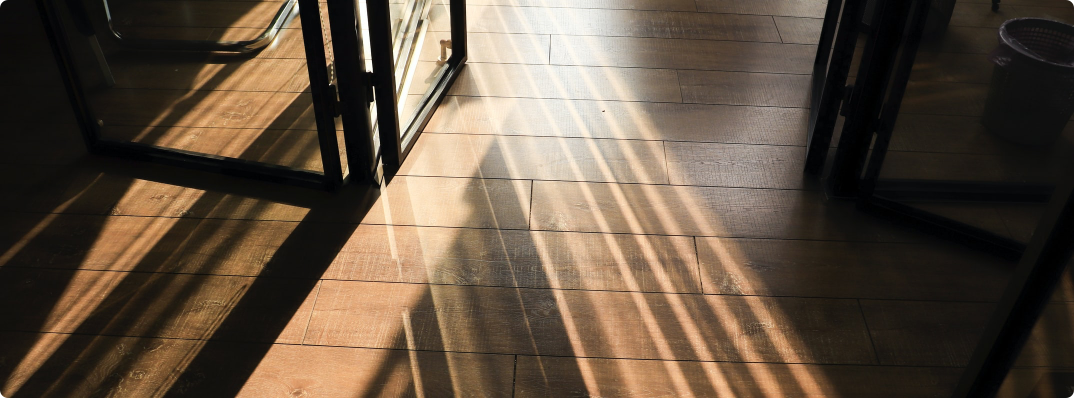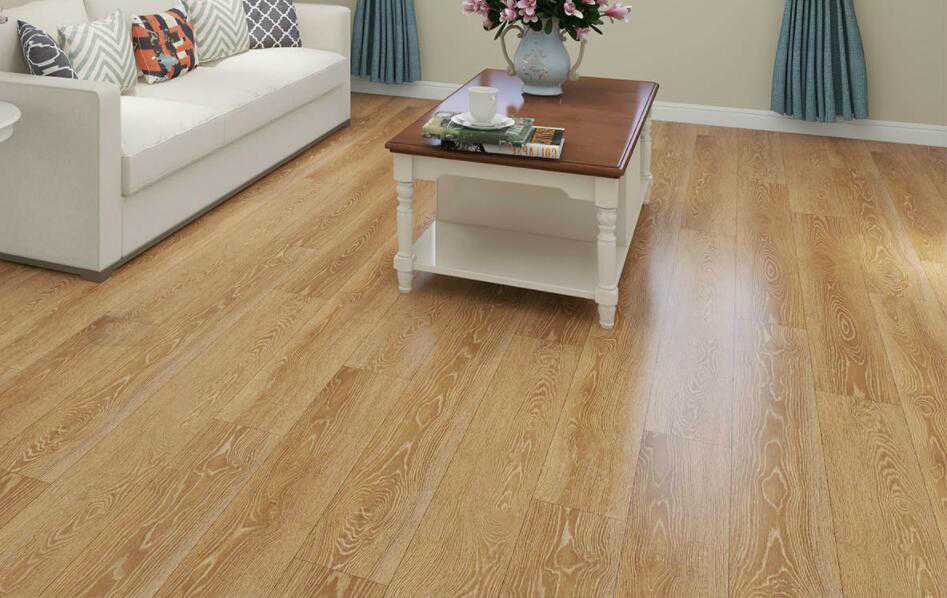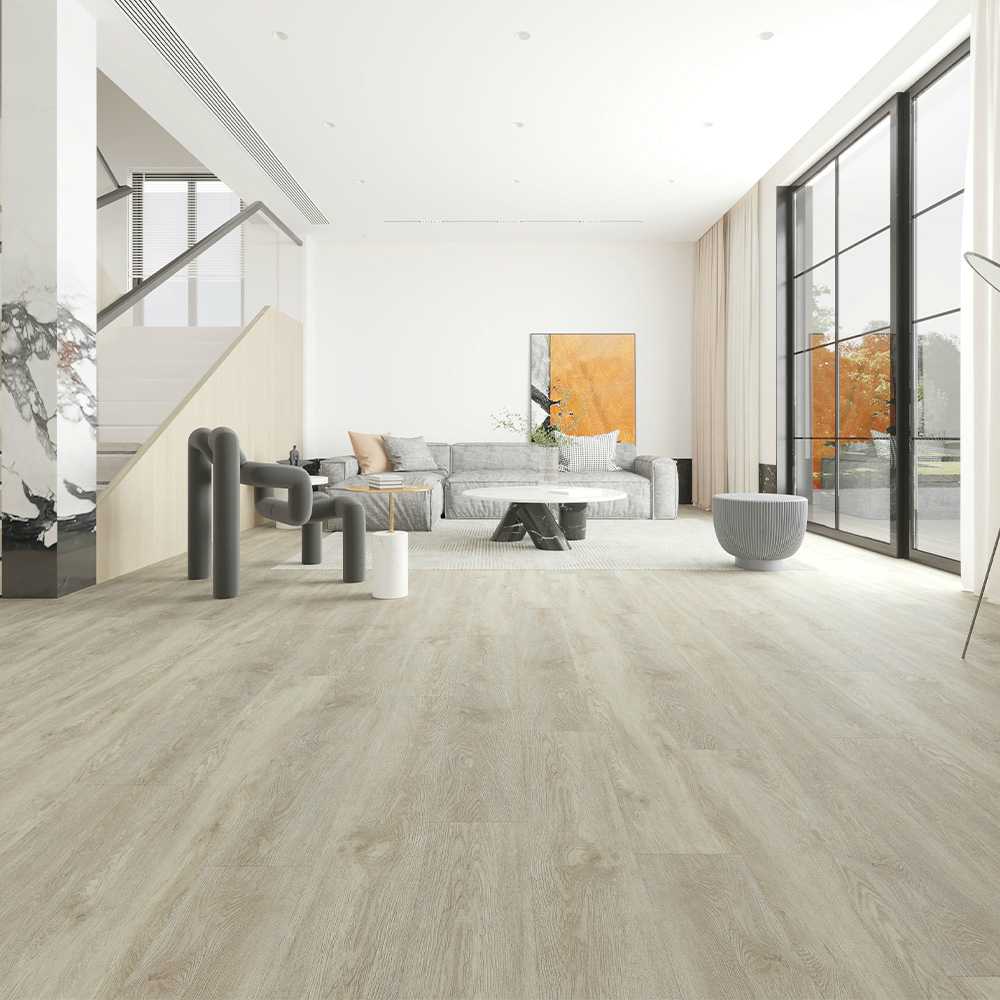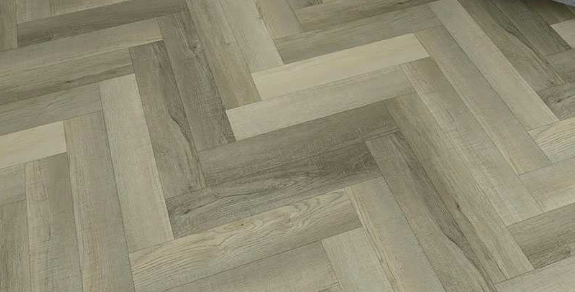Common problems of cleaning and maintaining lvt patterned flooring

With the development of society and the improvement of people's living standards, more and more customers are considering using lvt patterned flooring as a flooring material for interior decoration. One of the benefits is its easy-to-clean and easy-to-maintain characteristics. Such characteristics allow users to enjoy the long-term durability and stability of the floor and bring a lasting, beautiful, and comfortable feel.

However, it is a complex matter of cleaning lvt patterned flooring to ensure that it lasts for the duration of the warranty period. To ensure that your chosen floor is well protected for years to come, it is even more critical to have a clear understanding of some of the issues involved in lvt patterned floor care maintenance. We list here some of the common problems of lvt patterned floor care and maintenance.
(1) Is it necessary to wax the lvt patterned floor?
The answer is no need. This point is crucial, lvt patterned floor does not need to wax, but the appropriate use of ground polish can play a good maintenance role. There is a big difference between the two. Floor waxes are generally derived from Brazilian carnauba wax and require special polishing equipment for each application. By and large, the resin is commonly used on VCT floors in schools and hospitals for maintenance and upkeep so that the floor looks neat and shiny.
Floor polish is a more liquid-based material that can be applied with a mop and a bucket, unlike wax, which is more solid and needs to be polished on the floor's surface. For surfaces that are prone to wear or scratching, manufacturers recommend the use of polish. While it is not a mandatory requirement, when used properly, floor polish can provide a protective barrier that enhances the shine and longevity of the floor.
(2) Does lvt patterned flooring require a high-speed polisher on the floor polisher to improve gloss?
The answer is no need. A high-speed polisher will make the wear-resistant layer penetrate the core layer of the floor so that the floor is damaged. High-speed polishing will also cause the layers of the bed to separate, resulting in delamination. It is recommended that you polish the floor at a slow speed on lvt patterned flooring to improve the gloss level.
(3) What should I do when there are scratches or wear on the lvt patterned floor?
Use a dry mop, broom, or vacuum cleaner daily to clean the surface of the floor debris or grit, thus avoiding the appearance of surface scratches. If scratches or wear have already occurred, you can lightly polish it, and the floor will be as good as new. Other simple fixes include.
It uses a lacquer or resilient floor sealer (after cleaning) that will hide most small to moderate wear. A stain repair tool is also helpful.
If the scratch is deep (such as a groove, cut, or dent), it is best to replace the piece of flooring, a relatively simple process. Abrasion is similar to deep scratches because any object that causes wear (shoes, chairs, carts, etc.) can create heat transfer and damage the wear layer. Other solutions include:
Attaching a tennis ball to the top of the stick.
Rubbing the abrasion.
Using a rubber pad to wipe the worn area.
Deep abrasion marks that cause damage to the wear layer can be treated with floor polish, which, if used correctly, helps minimize visible damage.
(4) Does lvt patterned flooring help to hide dirt or wear?
When dealing with dirt, it is best to do so promptly and quickly. That is why we recommend that lvt patterned flooring can be used in heavily polluted areas with high foot traffic. Premium LVT flooring patterns with various tones or textures work well to hide pedestrian flow footprints, scratches, or dirt. Of course, there are issues with using light-colored floors that allow dirt to hide, but remember that spills or dirt from LVT floors can be easily wiped away.
The critical thing to remember is that, like all other complex flooring products, premium resilient flooring is susceptible to normal wear and tear, especially in high-traffic areas. However, unlike many other products available today, premium resilient flooring is easy to clean from spills, stains, wear, or scratches. The key lies in minimizing damage by relying on a high-quality finish that protects the floor and following daily maintenance recommendations.
These are common questions about cleaning and maintaining lvt patterned flooring. If you need more detailed information, welcome to contact us!






